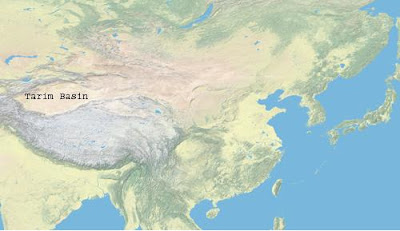China's Historical Grasp on Centralization
Increased militarization in response to foreign aggression was also a nationalistic endeavor to portray strength and centralized power. The imperial government responded to its losses to Great Britain Japan China United States United States China China China
While dictatorial power allowed China China China China Taiwan China USSR China
Ironically, Mao’s mass movements involved political participation, a democratic value, under authoritarianism. The political irony resulted more from China China China
Controlling China China Tiananmen Square China
Political non-participation in China China
In the past century China China ’s rise to modernity, controlling its people by the traditional Confucian tactic of direct leadership and non-participation remains imprinted in China China
Works Cited:
[1] BBC, “Chan’s Remarks Criticised”, http://news.bbc.co.uk/1/hi/entertainment/8007795.stm
[2] Dr. Siyen Fei's lecture remarks, Hist 097, Spring 2009
[3] Spence, Jonathan. The search for modern China. W W Norton & Co Inc, 1999. Pg. 567
[4] To Live, director Zhang Yi-Mo
[5] Deng Xiaoping in De Bary, Sources of Chinese Tradition. Columbia University Press, 2001. Pg. 492
[6] Mao Zedong in De bary, 424
[7] Ibid. 424
[8] Sun Yat-sen in De bary, 330

Comments
Post a Comment
We follow the House Rules as outlined by the BBC here.